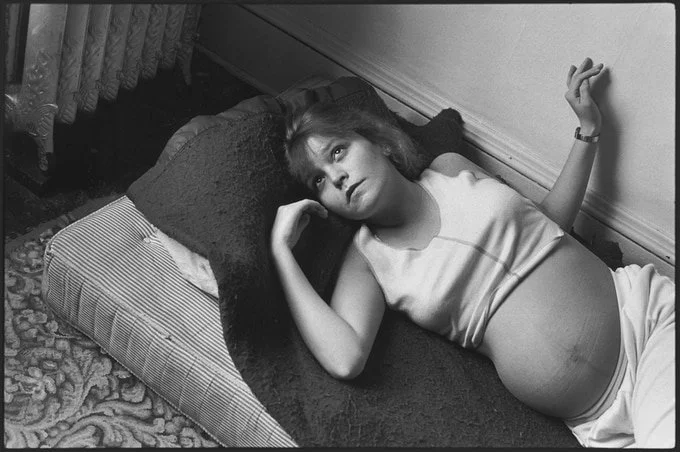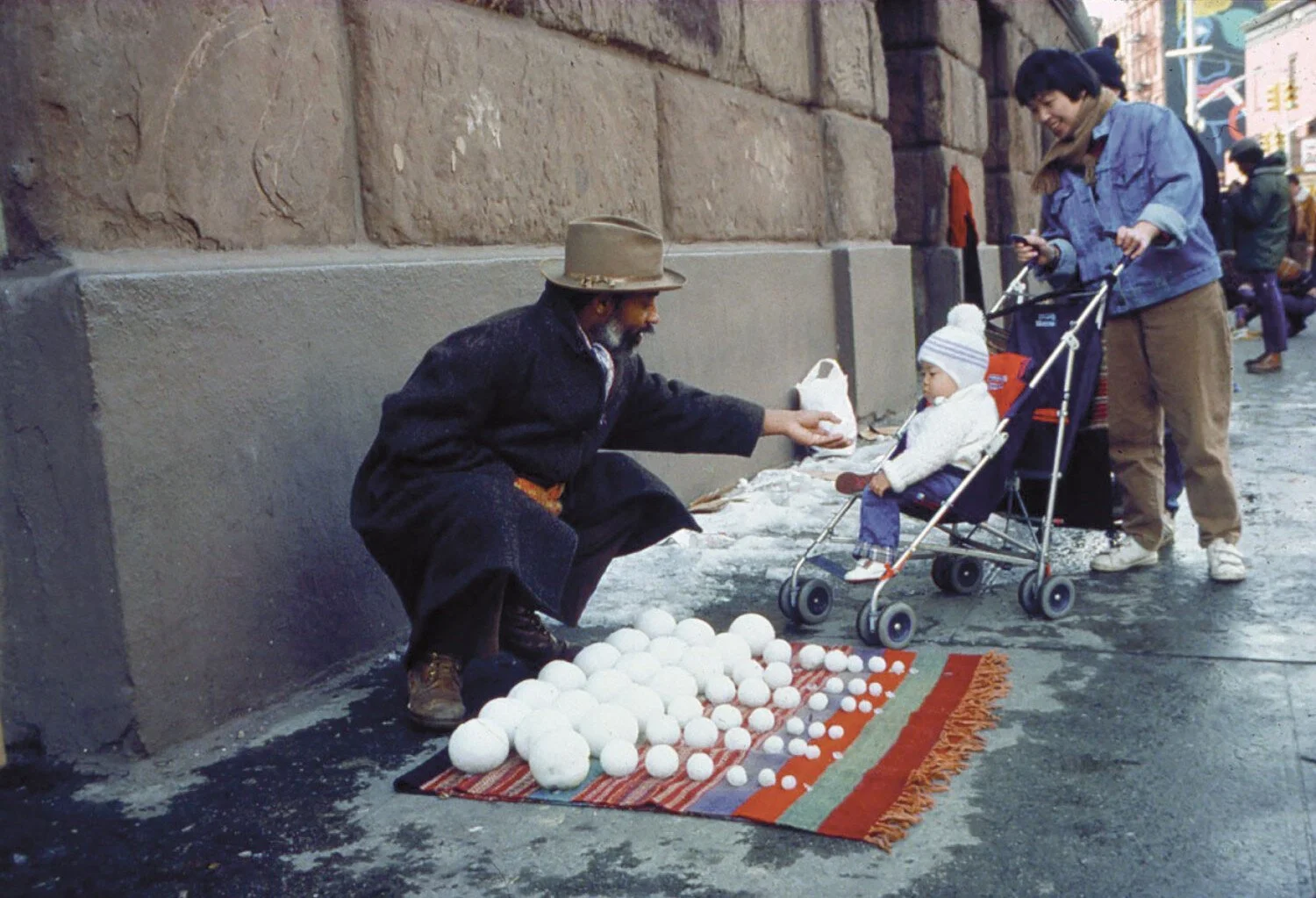I stopped writing pro bono about art and artists after the birth of my first child last October, but felt compelled to break this streak in order to review Simone Albers’ exhibition Myriad Ways of Being ~ Being of Myriad Ways as it was installed this November at Galerie Maurits van de Laar. This too is unusual, since the show largely featured painting – a discipline about which I am rarely moved to write. Having seen only flattened documentation of the work prior to the exhibition, my expectations were measured. But in person, Albers’ painting is an entirely different beast…
Read MoreKeeley Haftner: Thanks for taking the time to speak with me today! Let’s dive right in.
As an art historian, your research has focused on the emerging history of institutional critique in the 1980s and 1990s in the “Low Countries” (the Netherlands and Belgium), but many of our conversations have centred around the unique structures for supporting artists in the Netherlands…
Read MoreAs a 37-week-pregnant artist, I’m down to the wire on a major life shift. There are many resources for new and existing (m)other artists, compiled over a dizzying variety of dedicated websites, personal blogs, and artist publications. Where to begin? For this entry of Bad at Art Forum, I’m attempting to amalgamate those resources into one post….
Read MoreI am not retweeting documenta fifteen. Instead, taking my cue from the approach of Palestinian collective The Question of Funding (QoF)’s response to the vandalism of the Eltiqua Group’s exhibition space in WH22, I hope to leave the evidence in the room without doing too much to engage it, so as not to overshadow the discussion of the actual work at hand – myriad, diverse, and invested as it is. I will, however, get some things out of the way.
Read MoreIn 1985, Jean-François Lyotard’s and Thierry Chaput curated the iconic Les Immatériaux exhibition at Centre Pompidou. As a philosopher cum curator, Lyotard’s aim was to create a context where linking scientific and artistic modes of thought was encouraged, where artists became philosophers asking, “why does something happen rather than nothing?”, and where the exhibition itself became an artwork. He believed that all the progress made in the arts and sciences was (mistakenly) working toward knowing objects, be they objects of thought or of matter. Yet in an interview with Bernard Blistène for Flash Art magazine, Lyotard described the ear as “the material for the reception of the message,” hinting at a truth behind the appearance of emptiness: the immaterial is also material. The stem of each derives from the Latin mater, meaning ‘mother’ – the chicken of the proverbial egg…
Read MoreWhen I was first exposed to contemporary art in the early aughts, it was easy for me to imagine that the work of Nam June Paik was a comment on consumerism and obsolescence, thinking (without checking dates) that all of his works employed obsolete technologies: cathode-ray TVs, analogue recording equipment, blank film projections, empty television housing with a lit candle inside. What my teenaged brain did not compute was that many of these works and technologies were cutting edge in the time they were created. Only in hindsight do their technological aesthetic appear retrograde…
Read MoreArtist’s using their own unwanted works to create new artworks is a nearly ubiquitous practice, one most commonly borne out by painters wanting to make good use of expensive frames and canvases, who often prefer “well-used” surfaces to raw ones. Making art from the art of other artists, however, strikes a different tone…
Read MoreFrom the moment Homo habilis first manipulated stone, humankind has been defined by its use of materials. Of the seven Ages, four were metal: Bronze, Iron, Steel and Aluminum. Metals are as malleable as putty in their molten state, similes for hardness when cool (“strong as steel,” “iron resolve,” “adamantine will,” etc.). Their strength, durability and conductivity make them so valuable that they have naturally manifested a largely-unregulated global recycling market with astonishingly high rates of capture. The same goes for art making…
Read More







